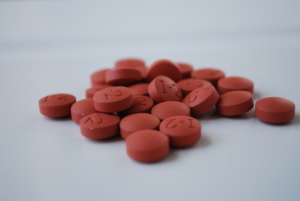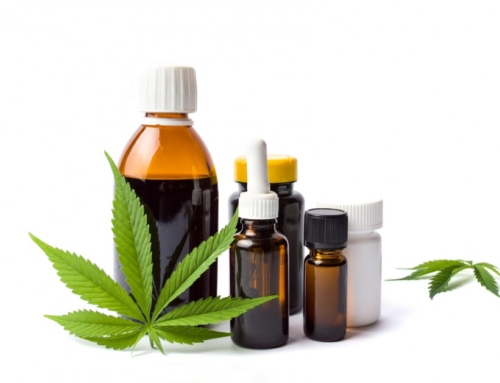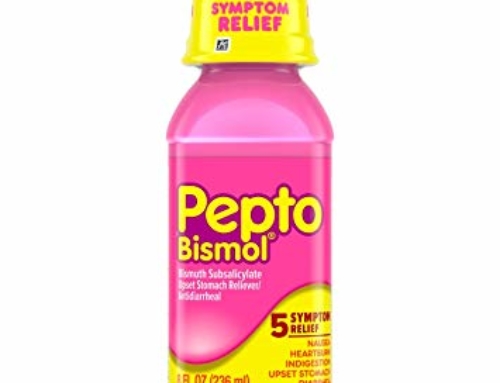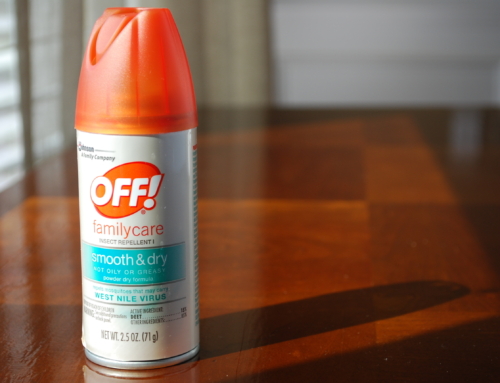Project Description
If you have any reason to suspect your pet has ingested something toxic, please contact your veterinarian or one of the other resources listed:
• ASPCA Animal Poison Control Center 24-hour hotline at (888) 426-4435
• Pet Poison Helpline® 24-hour animal poison control service at (855) 764-7661
Ibuprofen & Naproxen
Ibuprofen and naproxen are both classified as NSAIDs, used in human medicine for various purposes including inflammation, pain and fever. These products are a common source of pet intoxication because well-meaning owners will give them to pets to treat ailments. Common products containing ibuprofen are Advil and Motrin, while Naproxen can be found in Aleve.

These products should not be given to animals due to the risk of toxicity. Always consult your veterinarian before giving your pet any medication. As little as one 200 mg ibuprofen tablet can toxic to cats and smaller dogs.
NSAIDs are also considered a potential toxin for horses that are not eating. Horses constantly secrete stomach acid. In the absence of food, giving a horse an NSAID greatly increases the risk of gastric erosion. This should be avoided if at all possible.
Ferrets are also indicated for this toxicity.
Signs and symptoms of toxicity: Loss of appetite or refusal to eat, abdominal pain, vomiting, diarrhea, increased production of saliva, and melena (black, tarry stool). Signs of toxicity (particularly gastrointestinal symptoms) can be seen 2-6 hours after ingestion. However, serious complications may not be seen for 4-5 days post-ingestion.
Toxic consumption:
Ibuprofen: Signs of toxicity may be seen at doses of 50 mg/kg (22 mg/lb) in dogs and 25 mg/kg (11 mg/lb) in cats. With long-term administration, toxicity has been seen in dogs with doses as low as 5-6 mg/kg (2-3 mg/lb).
Naproxen: There is no established toxic threshold for pet consumption. However, signs of toxicity have been noted in dogs that have ingested doses of 5 mg/kg (2 mg/lb) of body weight.
| X-Small Yorkie, Chihuahua |
Small Pug, Boston Terrier, Poodle |
Medium Beagle, Scottish Terrier |
Large Boxer, Cocker Spaniel |
X-Large Retriever, German Shepherd |
XX-Large Great Dane, St. Bernard |
|
| 1 – 10 lbs. (0.45 – 4.6 kg) |
11 – 25 lbs. (5 – 11.4 kg) |
26 – 40 lbs. (11.8 – 18.2 kg) |
41 – 70 lbs. (18.6 – 31.8 kg) |
71 – 90 lbs. (32.3 – 40.9 kg) |
91 – 110 lbs. (41.4 – 50 kg) |
|
 |
 |
 |
 |
 |
 |
|
| Ibuprofen | > 22 mg | > 249 mg | > 589 mg | > 929 mg | > 1614 mg | > 2069 mg |
| Naproxen | > 2.2 mg | > 24 mg | > 58 mg | > 92 mg | > 161 mg | > 206 mg |
| Most Cats | Large Cats |
| 1 – 10 lbs. (0.45 – 4.6 kg) |
11 – 25 lbs. (5 – 11.4 kg) |
 |
 |
| > 11 mg | > 124 mg |
References:
– Lees P, Landoni MF, Giraudel J, Toutain PL. Pharmacodynamics and pharmacokinetics of non steroidal anti-inflammatory drugs in species of veterinary interest. J Vet Pharmacol Therapy 2004; 27:479-490.
– Osweiler, G, et al. (2011). Blackwell’s five-minute veterinary consult clinical companion. Small Animal Toxicology. [Kindle version]. Retrieved from Amazon.com
Pet Poison Control is provided free as a public service by the American College of Veterinary Pharmacists. Today we’re asking you to support us with a small donation. If you would like to dedicate your gift in honor or memory of a pet or individual, you will have that option before checkout. Your gift of any amount helps us maintain this resource and make it available to the pharmacy and veterinary communities. Thank you!





